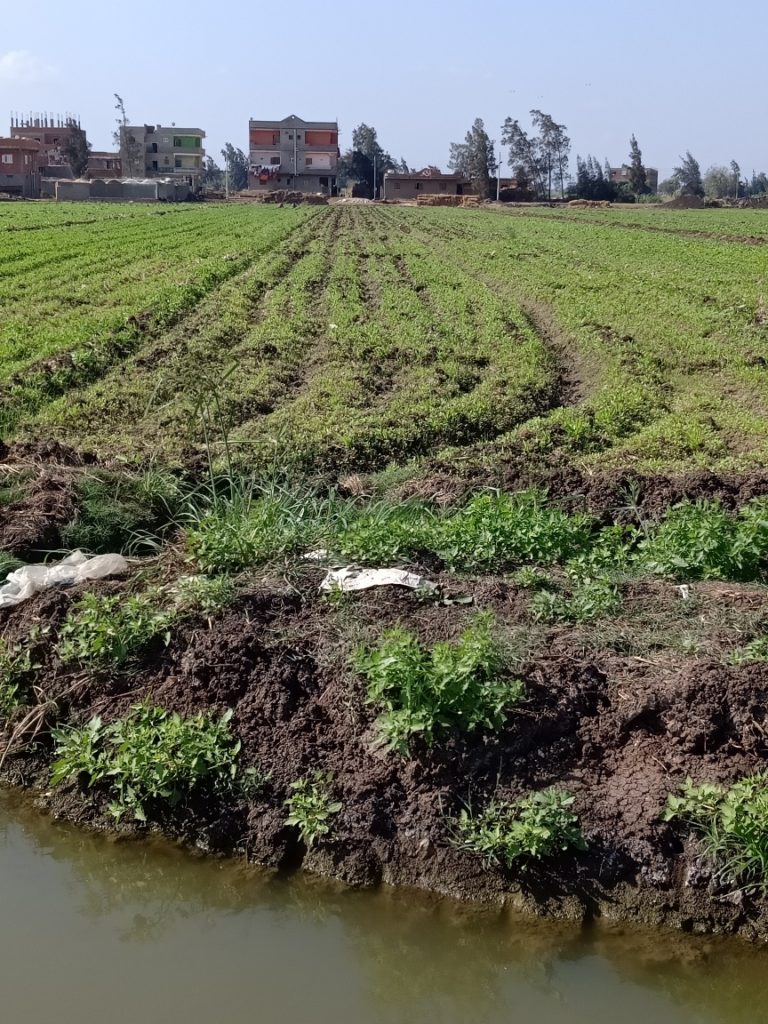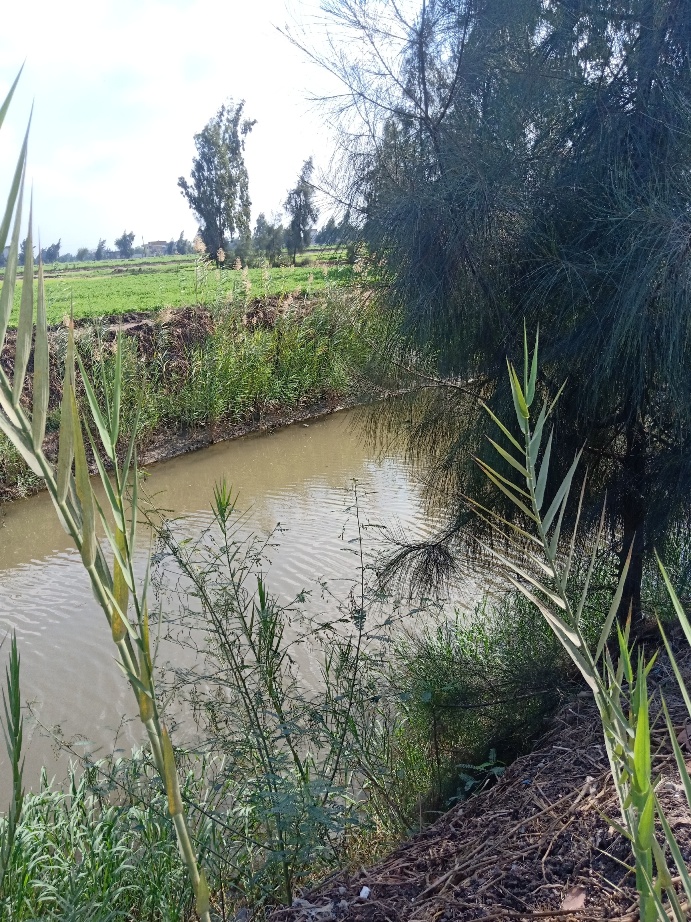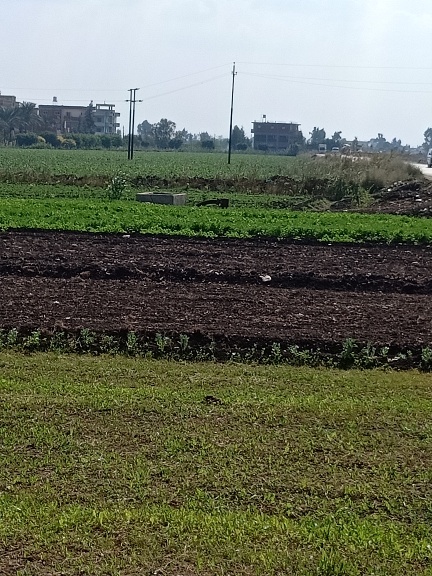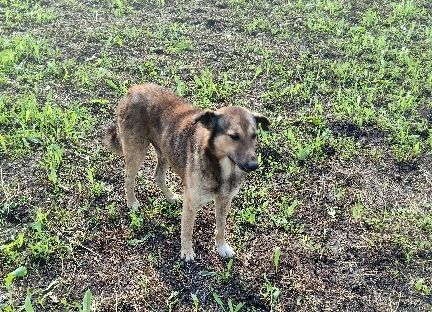Treated wastewater reuse in agriculture creating benefits beyond coping with water scarcity

Achieving water security is an enormous challenge facing countries of the MENA region, among which is Egypt. On the one hand, water demand is increasing due to population growth, urbanization trend and economic development. On the other hand, water availability is decreasing due to climate change leading to droughts and floods, low water quality, and poor water management in the context of fragility, conflict, and violence. According to the Ministry of Water Resources and Irrigation (MWRI), Egypt requires 114 billion cubic meter (BCM) of water per year to cover the country’s increasing demands from the agricultural and industrial sectors, as well as water for drinking and household use. The River Nile, rainfall, shallow and non-renewable groundwater generate about 60 BCM/year resulting in a shortfall of about 54BCM/year. Part of the shortfall in the national water balance is covered through reuse of agricultural drainage water, and treated wastewater which generate about 20 BCM/year.
Several strategies have been devised to close the supply-demand gap, including the use of unconventional water sources such as water desalination, exploiting deep groundwater resources, and the use of treated wastewater. With the steadily increasing risks associated with groundwater depletion and high energy cost of water desalination industry, the use of treated wastewater is drawing special attention in Egypt at both policy and implementation levels. The use of agricultural drainage water and treated wastewater are estimated to contribute about 20 BCM of water per year.

Wastewater presents a great potential for bridging the supply-demand gap as it is the only water source which increases as the population grows, as mentioned by Dr. Amgad Elmahdi, Head of IWMI MENA Regional Office. He refers to wastewater as untapped resource. Thus, the use of treated wastewater (TWW) in agriculture is considered one of the most sustainable alternatives to cope with water scarcity, especially considering that agriculture accounts for 80% of the region's freshwater withdrawals. However, there are many challenges facing the use of treated wastewater in Egypt. These could be classified in terms of technical, economic, institutional, cultural, environmental and health related challenges.
ReWater MENA, a 4-year regional project funded by the Swedish International Development Cooperation Agency (SIDA) and led by International Water Management Institute (IWMI) aims to address the constraints that currently limit opportunities to upscale and accelerate the expansion of wastewater reuse in the MENA region, with a particular focus on Egypt, Jordan and Lebanon.
To respond to these challenges, ReWater MENA project along with its partners is currently identifying promising innovations and internationally validated reuse models that could be adapted to the countries’ local contexts. These include efforts to resolve specific bottlenecks, facilitate inclusive engagement of stakeholders, and support the participatory development and uptake of project results.
In this regard, the International Center for Agricultural Research in the Dry Areas (ICARDA), one of ReWater MENA project's implementing partners, conducted a National Baseline Assessment focusing on Wastewater Collection, Treatment and Reuse in Egypt. The final study was validated by experts in the field and national institutions. The assessment highlighted the particular challenges of wastewater reuse in Egypt and recommended major considerations to be taken into account for sustainable and safe reuse of treated wastewater for irrigation.
Bezaiet Dessalegn, the representative of ICARDA in the project, mentioned that treated wastewater reuse for irrigation has been practiced historically in Egypt since 1911. Under the current Egyptian Code for reuse (revisited in 2015), treated wastewater could be reused to grow different edible and non-edible plants, depending on the type of treatment undertaken and the consequent quality of water available for reuse. Currently, there are over 450 wastewater treatment plants spread across the country that operate at different capacities, and a total design capacity of 15.4 MCM/day, and actual total production of 10.5 MCM/day (Wahaab, Rifaat A. 2016).

Direct reuse of treated wastewater is predominantly used to grow specific trees and other non-edible plants such as timber, maize, Jojoba, Jatropha, Flax Plant, Ornamental Plants, Olives, and Alsersoa on large plots of land often allocated near wastewater treatment plants and supervised by the Holding Company for Water and Wastewater (HCWW). Indirect reuse of treated wastewater is the most common form of use in agriculture, where treated wastewater is mixed with agricultural drainage water to increase overall water supply and improve its quality. According to the MWRI (2017) the agriculture Drainage network in Egypt is estimated to be 23,000 km.
The quality of agricultural drainage water differs from one area to another, depending on several factors including amount of chemical fertilizers used by upstream users and types and amount of waste disposed in the drainage by households along the drainage. Farmers who depend on drainage water highlight many negative effects associated with indirect water reuse such as: increase in levels of water and soil salinity, declining crop productivity, the need for increased use of pesticides, limited choice of crops, challenges in marketing their agricultural produce, negative health effect on animal and human health, and reduction in the value of their land. Despite these challenges, farmers continue to use drainage water, which in some cases is the only source of water to grow crops and rear livestock in order to support their livelihoods.

In this regard, ReWater MENA project seeks to identify safe options for treated wastewater reuse that could be sustainably adopted by farmers and investors, as mentioned by Dr. Nisreen Lahham, the Regional Project Manager. She states that the expansion of treated wastewater reuse would offer an alternative solution to meet agricultural water demand, saving freshwater for domestic uses and ultimately coping with water scarcity.
Additionally, depending on the source of wastewater (domestic, industrial, etc.), treated wastewater provides useful nutrients that can be used as fertilizers in agriculture, improving the physiochemical properties of light-textured soil. Besides, sludge could be repurposed to generate energy. According to the calculations of the HCWW, the wastewater treatment plants in Egypt (all Governorates) result in 7,439 thousand tons’ sludge, which can produce 2 million and 137 thousand cubic meters’ biogas. This is equivalent to 5 thousand megawatts of electricity or 210 MV per day.
